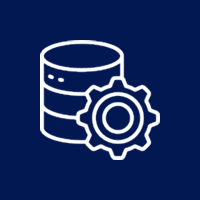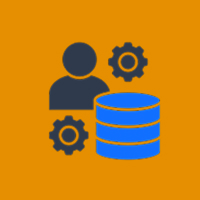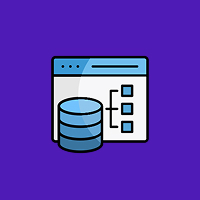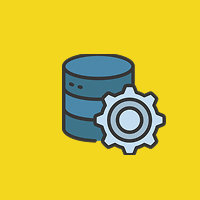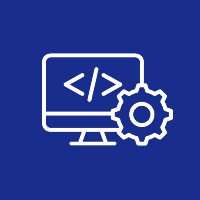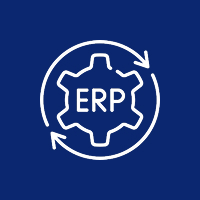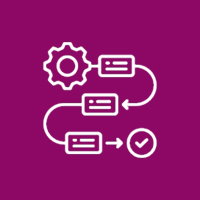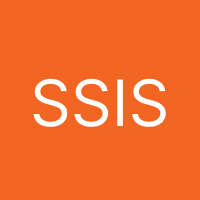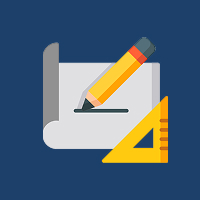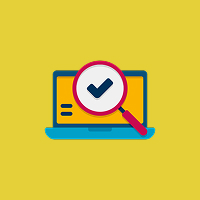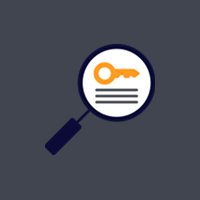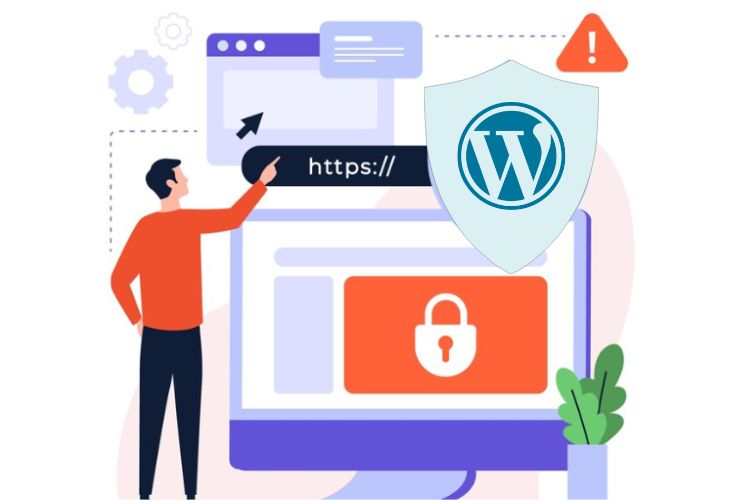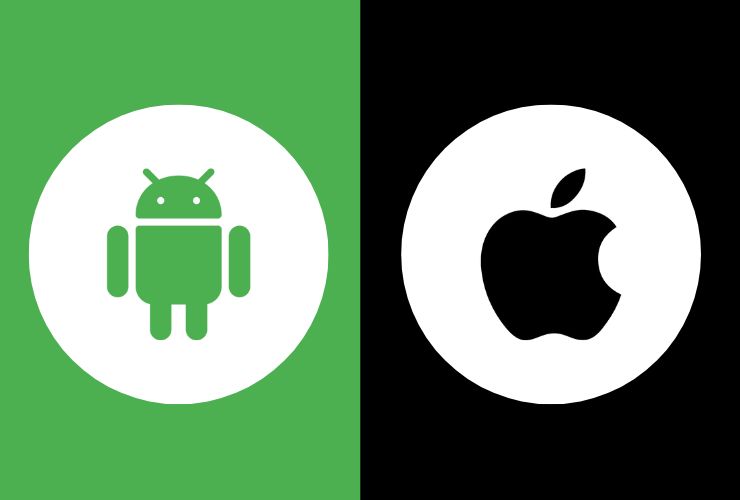Security for your WordPress website will make you trusted, protect data, and maintain consistent functionality. All these extensive security measures ensure that your site is prevented from common hacking attempts and potential vulnerabilities.
1. Keep WordPress Updated
The updates are essential for correcting bugs, patching security holes, and overall performance improvement.
- Core Updates: Always update your WordPress core to the latest version. This ensures you are protected from known exploits.
- Themes and Plugins: Third-party themes and plugins are one of the entry points for hackers. Keep updating them and delete unused or old ones.
- Automatic Updates: Enable automatic updates for minor patches and check major updates before applying to ensure there are no compatibility issues.
2. Use Strong Login Credentials
Weak passwords and default usernames are an easy target for hackers.
- Very powerful passwords containing alphabetic uppercase and lowercase letters, numbers, as well as special characters but never dictionary words or easily guessed phrases
- Always default “admin” name which comes by all installations, must be substituted with the customized usernames reducing the likelihood of brute force attempts
- Implement Two-Factor Authentication 2FA and insist that passwords together with one-time codes from authenticator apps or SMS
3. Install Security Plugin
- Security plugins make the process of securing your site much easier by providing robust monitoring and defense tools.
- Recommended Plugins: Wordfence, Sucuri Security, iThemes Security
- Features to Watch Out for in WAF: Malware scans, IP blocking, login attempt limits and high-activity logs.
4. Set up Web Application Firewall
A WAF is a wall that is placed in between your site and bad traffic, a block which stops the bad visitors from entering in reaching your website.
Categories of WAFs
- Cloud-Based: Tools such as Cloudflare and Sucuri offers DDoS protection that blocks the unwanted traffic before your server gets that traffic.
- Server-Level: A host-based firewall adds an additional layer.
- Benefits: it prevents SQL injections, XSS, and other types of attacks.
5. Secure Your Hosting Environment
Your hosting provider will form the basis of any secure website.
- Managed WordPress Hosting: automatic updates, regular backups, and in-built security.
- Shared vs. Dedicated Hosting: Dedicated hosting offers a much safer environment than shared hosting as the vulnerability of one site may compromise another.
- Server Security: Your hosting provider should utilize firewalls, malware scanners, and intrusion detection systems.
6. Use HTTPS with SSL
- SSLs encrypt data transmitted between your site and its visitors.
- Why SSL Matters: This secures information like login details and payment details from being intercepted.
- Acquiring SSL: Most hosting companies, like Bluehost and SiteGround, offer free SSL certificates using applications like Let’s Encrypt.
7. Limit Logins
Limit logins to prevent brute force attacks.
- Plugins to Limit Logins: Login LockDown, WP Limit Login Attempts.
- More: Use CAPTCHA or reCAPTCHA to limit logins to only humans.
8. Backups
Backups will allow you to quickly restore your site if it has been compromised.
Recommended Backup Plugins: UpdraftPlus, BackupBuddy, Duplicator.
Best Practices:
- Schedule automatic backups daily or weekly, depending on your site’s activity.
- Store backups in multiple locations, such as cloud storage and external drives.
9. Disable File Editing
Disabling file editing prevents hackers from making changes to your core files through the WordPress dashboard.
How to Disable: Add the following line to your wp-config.php file:
define(‘DISALLOW_FILE_EDIT’, true);
10. Monitor User Roles and Permissions
- Limit Access to Your Website: Be very cautious with the role assignment.
- Limit Access to Admin: Allow access of admin only to a trusted person.
- Review Periodically: Review your user accounts and permissions periodically for accounts that are no longer needed or redundant.
11. Malware Scan
You will go through and remove the malware from your code with regular malware scan.
- Tools Used: Sucuri SiteCheck, Wordfence, MalCare.
- Scans on Schedule: Scan daily or weekly to ensure that your site is scanned always.
12. Hide WordPress Version
Your WordPress version can give hackers an opening to expose vulnerabilities.
How to Hide Version Number: Paste the following in your functions.php file:
remove_action(‘wp_head’, ‘wp_generator’);
13. Secure Your Database Prefix
SQL injection attacks target the default WordPress database prefix often.
- Change the Prefix During Installation
- Change your prefix after installation with WP-DBManager
- Change the original prefix, such as: wp_ to something unique, such as: mysecureprefix_
14. Security Audits Should be Regular
Periodic security audits will enable one to identify and rectify possible vulnerabilities.
- Audit Tools: Use WP Security Audit Log to monitor activity and identify weak points.
- Professional Help: It is always wise to hire professionals for a more comprehensive audit.
Conclusion
It is not a work once done but a responsibility over time, to guarantee security on your WordPress site. These will reduce the vulnerabilities and ensure that all the sensitive information. With the factors discussed above, a secure website creates trust and helps to promote reputation in your virtual world.
Contact Us Today
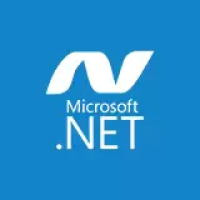


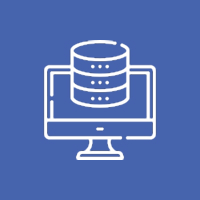




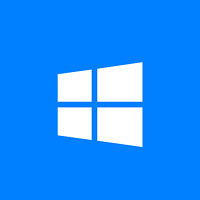
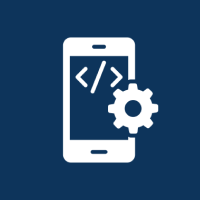



 Database Development
Database Development





